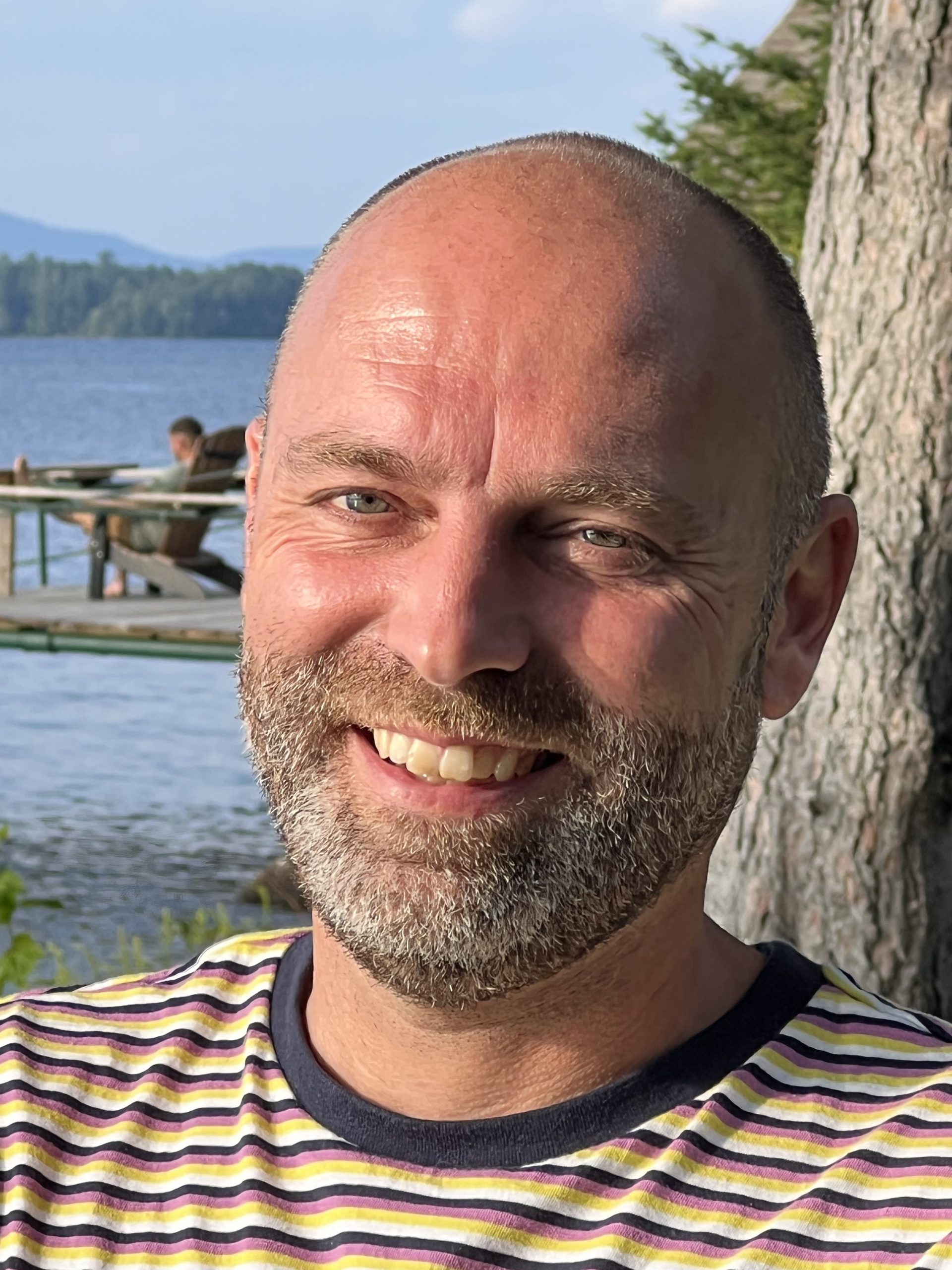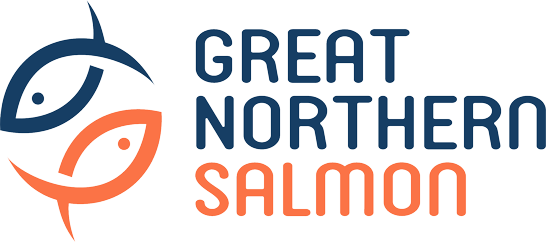Meet Our Team – Cathal Dinneen

At Katahdin Salmon, we believe that a strong and experienced team is the foundation for the successful development of our land-based facility in Millinocket, Maine. With the design and development of several facilities in our pockets and more than 100+ years of combined RAS production experience, we believe that we are well-suited for the journey ahead of us. In the series “Meet Our Team”, we will introduce our team members and their thoughts on what it takes to succeed in developing a land-based RAS facility for Atlantic salmon in the US today. The second person out is our Head of Production, Cathal Dinneen:
Cathal holds a B.Sc. in Zoology and a M.Sc. in Aquaculture. In his 25-year career, he has worked in the aquaculture industry throughout Ireland, the UK, Iceland, Norway, Denmark & Canada and gained broad experience in the commercial rearing of a range of species while leading teams in the development of production management systems and organizational development within diverse companies. His knowledge and experience in land-based systems come from the various roles he has fulfilled managing hatchery operations, smolt facilities, and land-based grow-out systems including some of the pioneering on-growing RAS salmon companies such as Kuterra in Canada, and Fredrikstad Seafoods in Norway. Cathal also has extensive experience in developing production plans for RAS facilities and has successfully developed a unique bio-plan for Katahdin Salmon that increases production efficiency while at the same time reducing the overall risks and optimizing the facility footprint.
When asked what he thinks is necessary from the production side of the business to succeed with a RAS project today, he focuses particularly on some crucial aspects of production:
1. Realistic production goals – while a bio-plan needs to streamline production and limit capital expenditure, it is also critical that the operations and growth targets are aligned and built around realistic expectations and are adaptable enough to meet production targets despite the biological and operational deviations that are an inevitable part of any fish farming operation.
2. Optimizing the production plan to grow-out RAS systems – traditionally we have seen bio-plans with an “all-in-all-out” approach in the industry. That makes sense in smolt/post-smolt facilities with the ultimate goal of placing full cohorts into pens in the ocean, but it does not allow for optimal growth in a RAS grow-out system. Mixing the different cohorts in a module ensures stability in the system and reduces the overall peak feed load and consequently, the scale of the module.
3. Building in enough tools in your RAS system to deal with deviations and still reach the production goals – the RAS system needs to be built with enough flexibility to give the fish farmers enough “tools” to deal with slower growth, water quality, or technical issues while still maintaining the overall production goals. Our management team has more than 100+ years of production experience, which has allowed us to use our collective knowledge to plan for many different scenarios and build an operations framework that will allow Katahdin Salmon to reach its production targets under a range of operating conditions.
4. The right team – that is to use reputable and experienced RAS and construction vendors and incorporate designs that are proven over many years of operation in land-based RAS facilities. The Katahdin Salmon project involves a multi-disciplinary team of competent construction vendors, architects, and an experienced RAS design vendor, while the management team has experience with designing and building aquaculture facilities in the RAS segment in the US and internationally and includes members with long careers in aquaculture operations.
5. Have a good strategy for off-flavor mitigation – it is encouraging to see that there are new and emerging technologies that can directly tackle the geosmin and MIB risks, but it is important to do a thorough assessment of any specific site and implement a cost-effective strategy, can perform reliably and ultimately design a purge system appropriate for the operating conditions experienced on the chosen site. We have developed a flexible bio-plan that can accommodate pre-purging, if necessary, without expanding the scale of the RAS systems. This is an added safeguard that ensures that we can reliably deliver great-tasting Atlantic salmon to the market.
